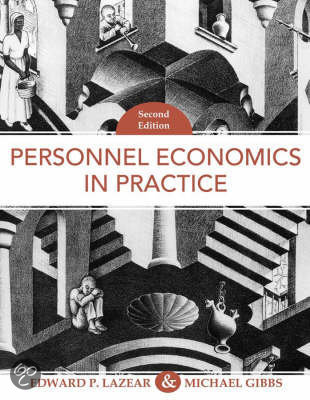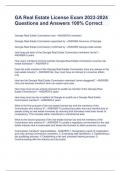Summary
Summary Personnel economics by Edward P. Lazear and Michael Gibbs, second edition
- Course
- Institution
- Book
This summary is written for the course Personnel Economics at the RUG. There were a lot of figures in the book. Most of them are explained in the summary. I wish you luck with this summary!
[Show more]













